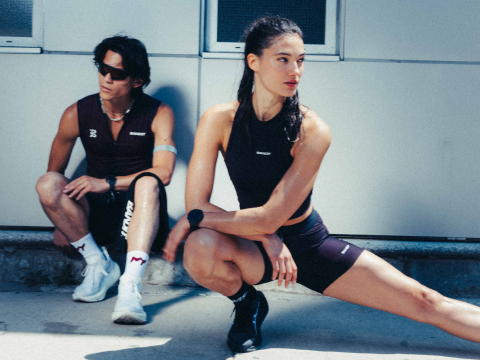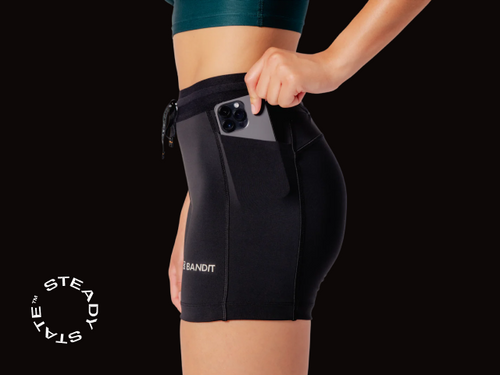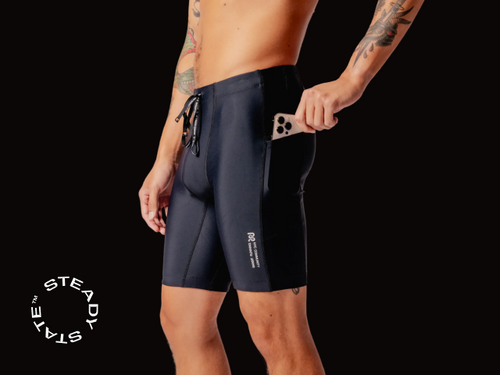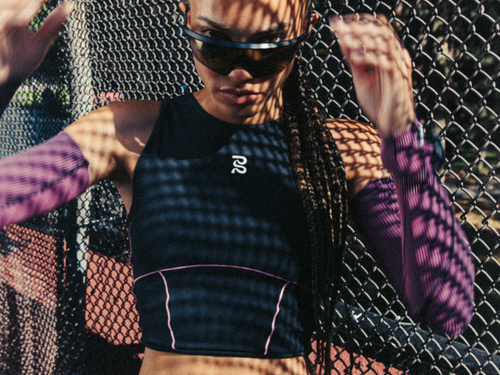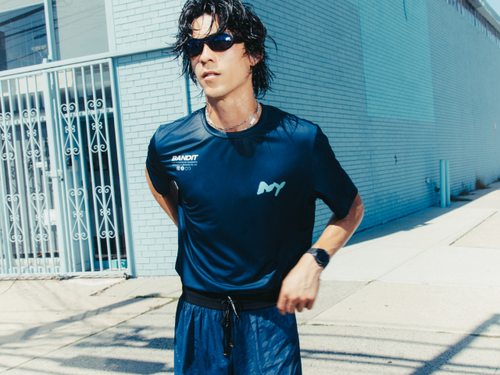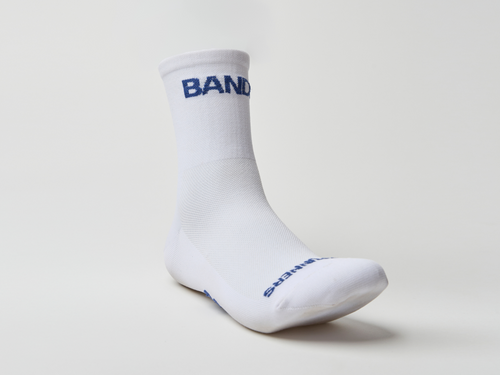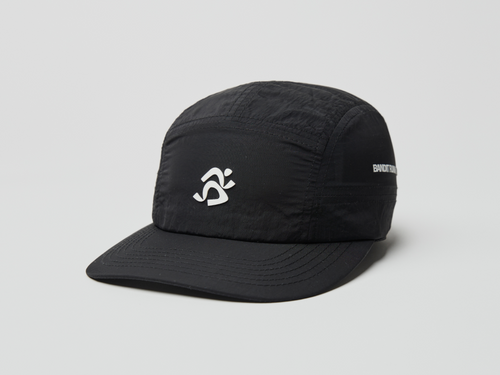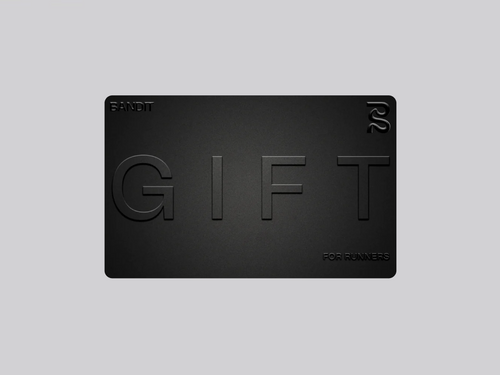Last Fall, Mads Hancock showed up to our Bleecker Street store with a tote full of sunglasses and the story of how he's painstakingly built a next generation eyewear brand.
We listened intently as he talked about his zero-waste, 3D printing manufacturing process. The aero-space grade materials and his maniacal focus on optical precision, not to mention the massive amount of time and intention he's put into building Research Studios, was truly inspiring to learn.
Mads is truly evolving the world he lives in, and so it couldn't have felt more perfect for our first eyewear collaboration to be in partnership with his Research Studio.
To dive deeper into the world of RS, we chatted with the man himself. Without further adieu.
--
Hi Mads! Please introduce yourself to the Bandit world…
I’m Mads Faith Hancock, founder of RESEARCH STUDIO, a performance eyewear brand built around the idea that technology and design should serve athletes first. I’ve been in the eyewear and technical product space for over 15 years, but RS is the most personal project I’ve ever worked on. It’s about making gear that doesn’t just look sharp — it performs under pressure, in real conditions, with real athletes.

Research Studio has such a distinct identity. How would you describe your brand’s point of view, and how does it connect with Bandit Running’s ethos?
RS is about stripping things down to what matters: fit, performance, and durability. Every material, every coating has to earn its place. Bandit feels the same — they design for real runners and real culture, not hype. That’s why it clicks.
What about Bandit’s approach to running and culture made this collaboration feel like a natural fit for Research Studio?
Because I already wear Bandit gear. I’m a fan. You treat running as both performance and culture — same way I see eyewear. It’s not just something you wear, it’s part of who you are and how you move.

What story do you hope these sunglasses tell about the intersection of running and design?
That design isn’t just about how something looks — it’s about how it works when you’re pushing yourself. These frames are minimal in appearance but full of tech. Dragonflies inspired parts of the design: light, balanced, built for speed. That’s the story — subtle on the outside, engineered underneath.
Research Studio has built a reputation for innovation. What makes your sunglasses stand out in the market?
We don’t chase logos or hype — everything has to earn its place. Our frames are built from aerospace-grade materials, paired with ZEISS optics, and finished with coatings like ThermoForce™ and TriPel™. But more than the tech, it’s the process: 18 months of testing, breaking, tweaking, and retesting before we launched a single frame. RS isn’t eyewear as accessory — it’s equipment you can trust.
Can you talk a bit about sustainability in sunglasses manufacturing and how Research Studio is doing things differently?
Big companies tend to rest on their size. There’s a lot of waste in traditional eyewear production, and not much pressure to innovate. I wanted to build something different, sustainable, lower waste, and using modern tech.
Our frames are 3D printed in the U.S. using a liquid polyamide. Leftover material goes straight into the next pair. No minimum order quantities. If I only need 24 units, that’s all I make. Where I manufacture is also my warehouse. That way, I don’t need to move inventory just to ship it. It keeps things streamlined and sustainable. It also means we only produce what’s needed, which cuts down on waste big time.

Can you share a bit about the technical details or materials that elevate these frames for runners specifically?
It starts with the lenses. ZEISS ThermoForce blocks 92% of infrared heat, resists fog, and sharpens contrast — way better than standard polarized lenses, which aren’t built for running. TriPel keeps sweat and oil off the lens so you’re not wiping mid-run. The frames are aerospace-grade TR90, featherlight and balanced. The best feedback is when athletes forget they’re even wearing them.
What does your design process typically look like, and how did it evolve when working with Bandit?
Normally, I start with the tech. With Bandit, we added their cultural vision and tied into their F25 palette. Even the cases were designed together. It wasn’t about compromise — it was about merging worlds.

How do you see the role of eyewear evolving in performance and lifestyle spaces over the next few years?
Hopefully, eyewear heads in a more sustainable direction — it’s a huge industry where brands can do a lot better. I’ve sacrificed margins to make long-lasting products because that’s what matters. Too many lifestyle labels are suddenly doing “performance,” but that space should be left to those who actually build for it. The industry is already noisy with greenwashing, outdated materials, and over-design. At RS we strip it down to the essentials: performance, sustainability, and clean design. Nothing else.
What’s next for Research Studio? Are there new technologies, categories, or collaborations you’re excited to explore?
This fall we’re launching a new frame in time for the New York Marathon — our boldest design yet. It pushes limits visually and technically, without ever sacrificing fit or performance. At the same time, we’re carefully expanding wholesale with select global retailers. We held back until now because I wanted RS to feel like a real brand first — not just another product on a shelf.
Turbo Round
- Favorite race: NYC Marathon & CPH Half
- Favorite post-race meal: Pizza from my local joint in Alphabet city
- Favorite café: C&B, also in Alphabet city. Best vibe!
- Favorite artist: Nas
--
Big thanks to Mads for trusting us with his first major collaboration.

